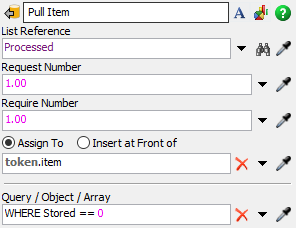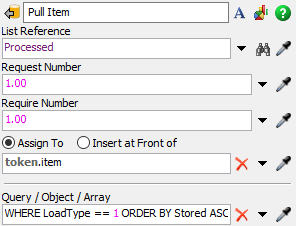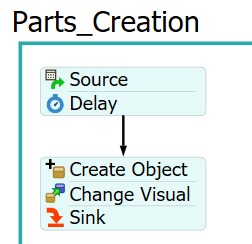Hello!
I need some help or a solution for simulating the next problem.
Assembly line "LINIJA1" works much slower than processor KM001.
"LINIJA1" needs items from KM001 for production. We need to drive items from KM001 to "LINIJA1" but at queue SE1 there is space just for two items.
I want to implement the following logic in my model.
First, we drive items directly from KM001 to SE1.
When the queue SE1 is full then we need to drive items to warehouse WH. If in queue SE1 is less than one item, then we need to drive items from WH to SE1. Empty totes from SE1 are stored at warehouse WE.
Thank you in advance for your answers and advice.
Best regards!
My model: test50.fsm








